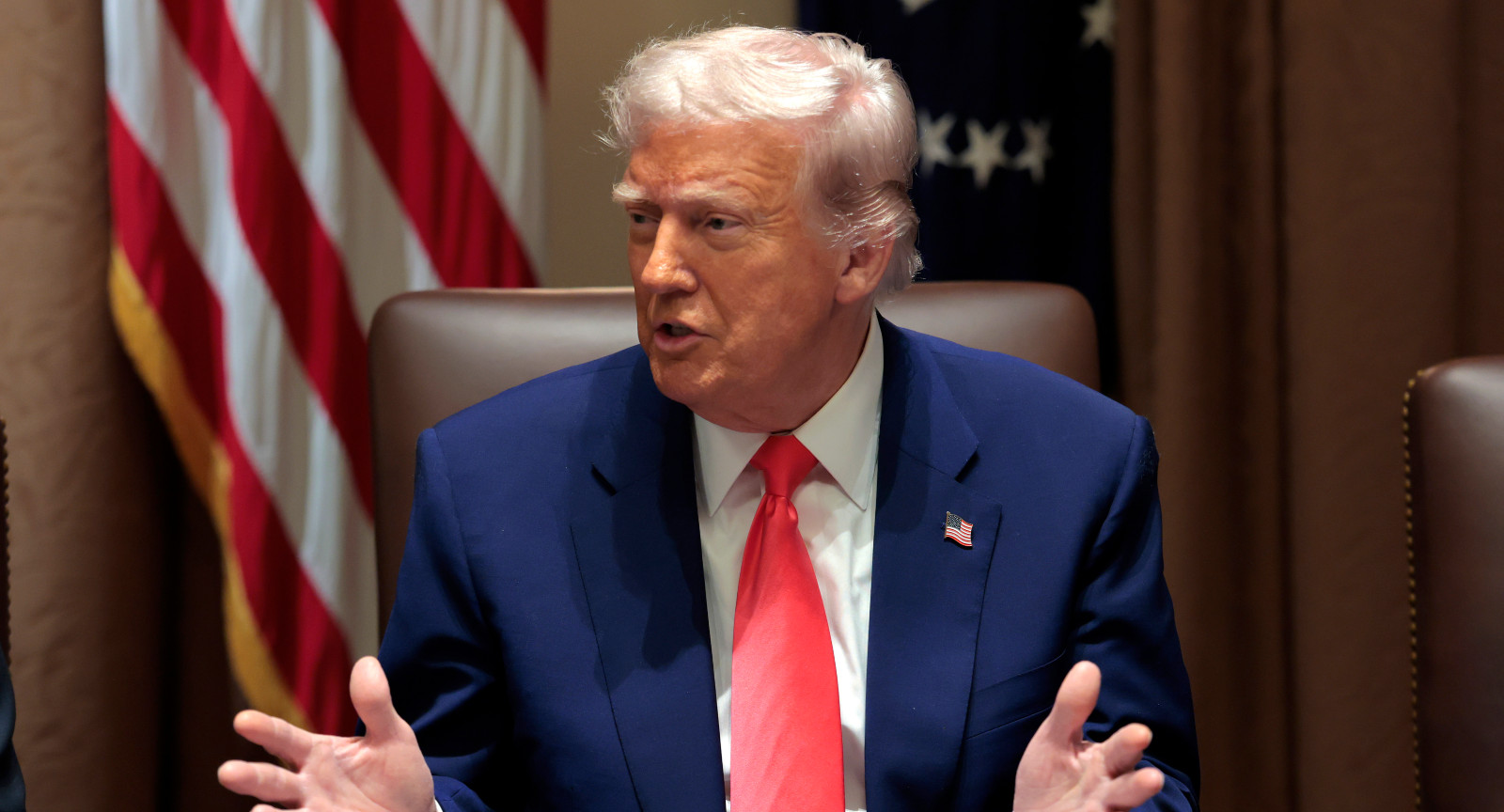In mid-February 2025, the Trump White House unleashed an unprecedented personnel shake-up: more than two dozen U.S. Attorneys appointed by President Biden were handed immediate termination notices via email, effective the same day. This cut-and-dry method—an abrupt break from long-standing DOJ transition practices—has triggered widespread concern across the federal legal community. High-profile prosecutors from San Diego to Seattle found their tenures ended without the customary grace period for wrapping up investigations or mentoring interim replacements. Legal experts warn that such sudden removals risk disrupting critical cases, undermining prosecutorial independence, and signaling a novel assertion of presidential control over the Justice Department. As career deputies step into acting roles and nominations line up for Senate confirmation, the full implications of this dramatic power play remain to be seen.
1. The Termination Notices Unveiled
On the morning of February 12, hundreds of miles apart in their respective federal districts, seasoned U.S. Attorneys opened identical emails that shattered routine. The missives—sent from the White House’s Deputy Director for Presidential Personnel—stated bluntly: “At the direction of President Donald J. Trump, I am writing to inform you that your position as U.S. Attorney is terminated, effective immediately.” No further explanation, no offer of transition assistance, nor any customary courtesy call from the Department of Justice.
Within 48 hours, prosecutors in key districts confirmed their removal. Among them were Tara McGrath of Southern California; Erek Barron of Maryland; Ismail Ramsey of Northern California; Tessa Gorman of Western Washington; and Dena King of Western North Carolina. Many more followed suit as the terse notices swept the country. By February 14, only three Biden-appointed U.S. Attorneys remained at their posts.
2. A Sharp Departure from Tradition
2.1 Historical Transition Protocols
When a new president takes office, it is standard for the Justice Department to request the resignations of all sitting U.S. Attorneys—political appointees who serve at the pleasure of the president. However, tradition has always allowed departing prosecutors a window—often several weeks or months—to conclude pressing matters and hand off responsibilities to acting or incoming leaders. This courtesy ensures continuity in major investigations, from public corruption probes to national security cases.
2.2 Examples from Recent Administrations
-
2017 Trump Transition: Attorney General Jeff Sessions requested the resignations of 46 Obama-appointed U.S. Attorneys shortly after inauguration. While abrupt in scale, most were given a short period to finalize urgent work.
-
2021 Biden Transition: President Biden’s team likewise asked for resignations from Trump appointees but maintained the established practice of a phased departure.
In both instances, the White House and DOJ coordinated closely, typically announcing transition timetables and interim leadership plans.
2.3 The 2025 Breakpoint
By contrast, the February 2025 notices arrived without warning and originated from the White House rather than the Attorney General. The “effective immediately” language afforded no planning time, no interim guidelines, and no sense of institutional hand-off. Legal veterans characterized the method as unprecedented—combining the mass scope of the Clinton-era removals with the abruptness of mid-term firings yet applied at a change of party control.
3. Practical Consequences for Federal Prosecutions
3.1 Disruption in Case Progress
U.S. Attorneys oversee thousands of cases at any moment: major drug trafficking rings, complex white-collar schemes, human trafficking investigations, cybercrimes, and organized crime operations. Sudden leadership vacuums can stall plea negotiations, delay trial preparations, and strain coordination with local law enforcement partners who rely on steady federal leadership.
3.2 Acting Leadership by Career Deputies
In most districts, the First Assistant U.S. Attorney—a nonpolitical career official—automatically becomes “Acting U.S. Attorney.” While these deputies maintain daily operations, their temporary status may constrain their willingness or authority to make long-term strategic decisions, such as directing large-scale investigations or pursuing controversial charges.
3.3 Morale and Retention Challenges
Career prosecutors and support staff, integral to institutional memory and case continuity, face uncertainty. The abrupt removals risk eroding morale, prompting some to consider private-sector options where leadership stability is valued. High turnover among senior officials can degrade office cohesion and reduce the institutional expertise vital to complex litigation.
4. Departing Attorneys’ Professional Responses
Despite the abrupt nature of their dismissals, many U.S. Attorneys issued gracious acknowledgments:
-
Erek Barron (Maryland) penned a farewell email praising his team’s dedication and expressing gratitude for the opportunity to serve.
-
Tara McGrath (San Diego) released a statement thanking colleagues and affirming her pride in the office’s achievements.
These public responses underline the professionalism with which federal prosecutors typically carry out their duties, even amid sudden personal career upheavals.
5. Signals of Presidential Control
5.1 The “Unitary Executive” Principle
Since his first term, President Trump has advocated for expansive executive authority over all branches of the federal government. By directly issuing the termination notices from the White House personnel office—bypassing the DOJ chain of command—the administration demonstrated a practical application of the “unitary executive” theory: that the President can singularly command and remove executive-branch officers without intermediate filters.
5.2 Broader Staffing Overhaul
The U.S. Attorney dismissals coincided with other aggressive personnel moves, including swift Senate confirmations of ambassadorial nominees—often major campaign donors—and the push to implement the controversial “Schedule F” executive order designed to reclassify and more easily terminate thousands of career civil servants. Together, these efforts suggest a coordinated strategy to reshape the federal workforce for heightened loyalty and responsiveness to White House priorities.
6. Historical and Comparative Context
6.1 2007 U.S. Attorneys Scandal
In 2007, Attorney General Alberto Gonzales fired seven U.S. Attorneys mid-term, igniting allegations of political motivation to protect certain elected officials’ interests. That scandal led to congressional investigations and embedded a cautionary precedent about the politicization of prosecutorial removals.
6.2 1993 Clinton Resignations
President Clinton’s inaugural request for all U.S. Attorney resignations in 1993 sparked criticism for its scale but preserved transition periods. The 2025 terminations combine broad scope with immediate effect—unlike either prior model.
7. Political Implications and Future Priorities
7.1 Shifting Enforcement Focus
With new U.S. Attorneys expected to be political loyalists, the Department of Justice may redirect resources toward priorities articulated by President Trump: stricter immigration enforcement, enhanced prosecution of violent crime in urban centers, and reexamination of alleged “weaponization” of the DOJ against political opponents.
7.2 Senate Confirmation Bottleneck
Filling over two dozen vacancies through Senate confirmation promises to be a lengthy process, potentially leaving numerous districts under interim leadership for months. This patchwork of acting officials could create uneven enforcement landscapes across the country.
8. Broader Justice Department Dynamics
8.1 Career Civil Servants and Institutional Memory
Beyond U.S. Attorneys, the DOJ employs thousands of career attorneys and support staff whose continued service underpins federal law enforcement continuity. As the White House pursues further civil-service reforms, questions arise about retaining institutional knowledge versus fostering political alignment.
8.2 Congressional Oversight Prospects
Given the departure’s scale and abruptness, House and Senate Judiciary Committees may hold hearings to examine the dismissals’ impact on DOJ independence and rule of law. Past controversies over politicized firings have prompted legislative proposals to protect prosecutorial impartiality.
9. Conclusion
The Trump administration’s immediate dismissal of Biden-appointed U.S. Attorneys marks a striking exercise of presidential power, diverging sharply from established DOJ transition norms. While the President has full authority to install his own appointees, the unprecedented method—direct White House emails, zero transition window—raises profound questions about the future of prosecutorial independence, the stability of federal investigations, and the nature of executive control over the Justice Department. As career deputies hold the line and new nominees await Senate action, the nation watches to see whether these swift personnel moves will yield more efficient alignment with White House priorities—or whether they will leave critical gaps in leadership, erode public trust, and imperil the integrity of America’s justice system.

Adrian Hawthorne is a celebrated author and dedicated archivist who finds inspiration in the hidden stories of the past. Educated at Oxford, he now works at the National Archives, where preserving history fuels his evocative writing. Balancing archival precision with creative storytelling, Adrian founded the Hawthorne Institute of Literary Arts to mentor emerging writers and honor the timeless art of narrative.
